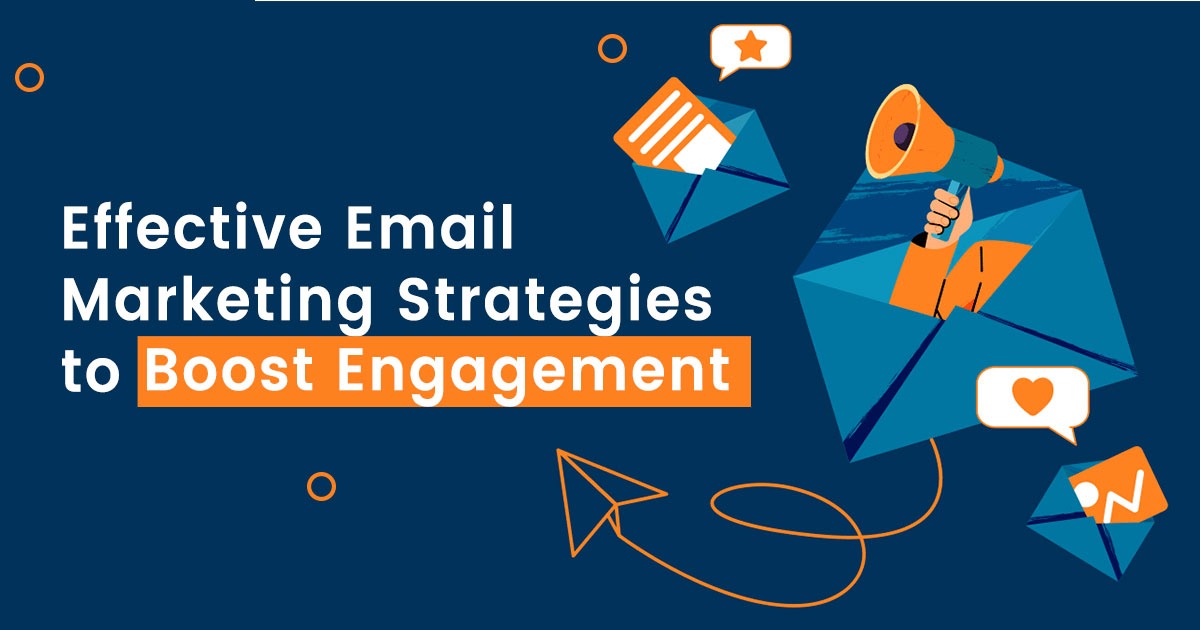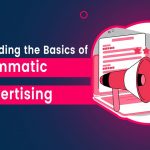Effective Email Marketing Strategies To Boost Engagement
|
Getting your Trinity Audio player ready...
|
Effective Email Marketing Strategies To Boost Engagement
Email marketing remains one of the most powerful tools for businesses to engage with their audience, nurture leads, and drive conversions. However, with inboxes flooded daily with promotional messages, standing out requires more than just crafting a catchy subject line. To truly boost engagement, it’s essential to implement effective strategies that resonate with your audience and foster a deeper connection. Here’s a comprehensive guide to email marketing strategies that can help you achieve higher engagement rates.
1. Know Your Audience
Understanding your audience is the cornerstone of any successful marketing strategy. Before crafting your emails, segment your audience based on demographics, behavior, purchase history, and preferences. This allows you to send tailored content that resonates with each group, increasing the likelihood of engagement.
Segmentation Tips:
- Behavioral Segmentation: Divide your audience based on actions they’ve taken, such as past purchases, email opens, or clicks.
- Demographic Segmentation: Use data like age, gender, location, or job title to create more relevant content.
- Psychographic Segmentation: Segment based on interests, lifestyle, or values to personalize messaging further.
2. Craft Compelling Subject Lines
Your subject line is the first thing recipients see and plays a crucial role in whether they open your email. A compelling subject line should be concise, clear, and intriguing. It should hint at the content of the email and create a sense of urgency or curiosity.
Subject Line Best Practices:
- Keep It Short: Aim for 40-50 characters to ensure it’s fully visible on mobile devices.
- Use Actionable Language: Words like “discover,” “get,” or “unlock” encourage recipients to take action.
- Personalization: Incorporate the recipient’s name or reference past interactions to make the email feel more personalized.
3. Optimize for Mobile
With over half of all emails being opened on mobile devices, it’s essential to optimize your emails for mobile viewing. A responsive design ensures your email looks good on any screen size, improving user experience and engagement.
Mobile Optimization Tips:
- Responsive Design: Use email templates that automatically adjust to different screen sizes.
- Single-Column Layout: Simplifies navigation and makes content easier to read on smaller screens.
- Thumb-Friendly CTAs: Make sure your call-to-action (CTA) buttons are large enough to be easily tapped with a thumb.
4. Personalize Your Emails
Personalization goes beyond just using the recipient’s name. It involves tailoring content, offers, and even send times to each recipient’s preferences and behaviors. Personalized emails can significantly boost open rates, click-through rates, and overall engagement.
Advanced Personalization Strategies:
- Dynamic Content: Use content blocks that change based on the recipient’s preferences or past behavior.
- Product Recommendations: Suggest products or services based on previous purchases or browsing history.
- Triggered Emails: Send automated emails based on specific actions, such as cart abandonment or post-purchase follow-ups.
5. Segment and Target for Relevance
Segmenting your email list allows you to send more relevant messages to each group. By delivering content that aligns with the recipient’s interests and needs, you increase the likelihood of engagement.
Segmentation Ideas:
- New Subscribers: Send a welcome series to introduce your brand and offer value upfront.
- Loyal Customers: Reward repeat buyers with exclusive offers or early access to new products.
- Inactive Subscribers: Re-engage dormant subscribers with a special offer or ask for feedback to understand their disengagement.

6. Create Engaging Content
The content of your email is what keeps subscribers coming back. It should be valuable, relevant, and aligned with your audience’s interests. Whether it’s a blog post, product update, or exclusive offer, your content should always aim to provide value.
Content Ideas:
- Educational Content: Share tips, guides, or tutorials related to your products or industry.
- Exclusive Offers: Provide discounts, early access, or special promotions to your email subscribers.
- User-Generated Content: Showcase reviews, testimonials, or social media posts from your customers to build trust and encourage engagement.
7. Use Eye-Catching Design
While content is king, the design of your email can make or break your engagement. An eye-catching design that aligns with your brand can captivate your audience and encourage them to read through your email.
Design Tips:
- Consistent Branding: Use your brand’s colors, fonts, and logo to create a cohesive look.
- Visual Hierarchy: Organize content in a way that guides the reader’s eye, with the most important information at the top.
- Minimalist Design: Avoid clutter; keep your design clean and focused on the message.
8. Include Clear and Compelling CTAs
Your email’s call-to-action (CTA) is arguably the most important element. A clear and compelling CTA directs the reader on what to do next, whether it’s making a purchase, reading a blog post, or signing up for an event.
CTA Best Practices:
- Make It Stand Out: Use contrasting colors to make your CTA button pop.
- Use Action-Oriented Text: Phrases like “Shop Now,” “Learn More,” or “Get Started” encourage action.
- Limit Choices: Focus on one primary CTA per email to avoid overwhelming the recipient with too many options.
9. Test and Optimize
Testing is key to understanding what works and what doesn’t in your email campaigns. A/B testing allows you to experiment with different elements of your emails, such as subject lines, content, and CTAs, to determine what resonates most with your audience.
What to Test:
- Subject Lines: Test different lengths, tones, and personalization techniques.
- Send Times: Experiment with different days and times to see when your audience is most responsive.
- Content Layout: Test different designs, text vs. image ratios, and CTA placements.
10. Analyze and Adjust
After running your campaigns, it’s crucial to analyze the results and adjust your strategy accordingly. Track metrics such as open rates, click-through rates, conversion rates, and unsubscribe rates to gauge the success of your campaigns.
Key Metrics to Monitor:
- Open Rate: Indicates the effectiveness of your subject line and preview text.
- Click-Through Rate (CTR): Shows how well your content and CTAs are driving action.
- Conversion Rate: Measures the percentage of recipients who complete the desired action, such as making a purchase or filling out a form.
- Unsubscribe Rate: A high unsubscribe rate can signal that your content isn’t resonating with your audience.
Effective email marketing is about more than just sending out mass emails. It requires a deep understanding of your audience, a focus on personalization, and a commitment to continuous testing and optimization. By implementing these strategies, you can significantly boost engagement, build stronger relationships with your audience, and ultimately drive better results for your business.

 Previous Post
Previous Post Next Post
Next Post